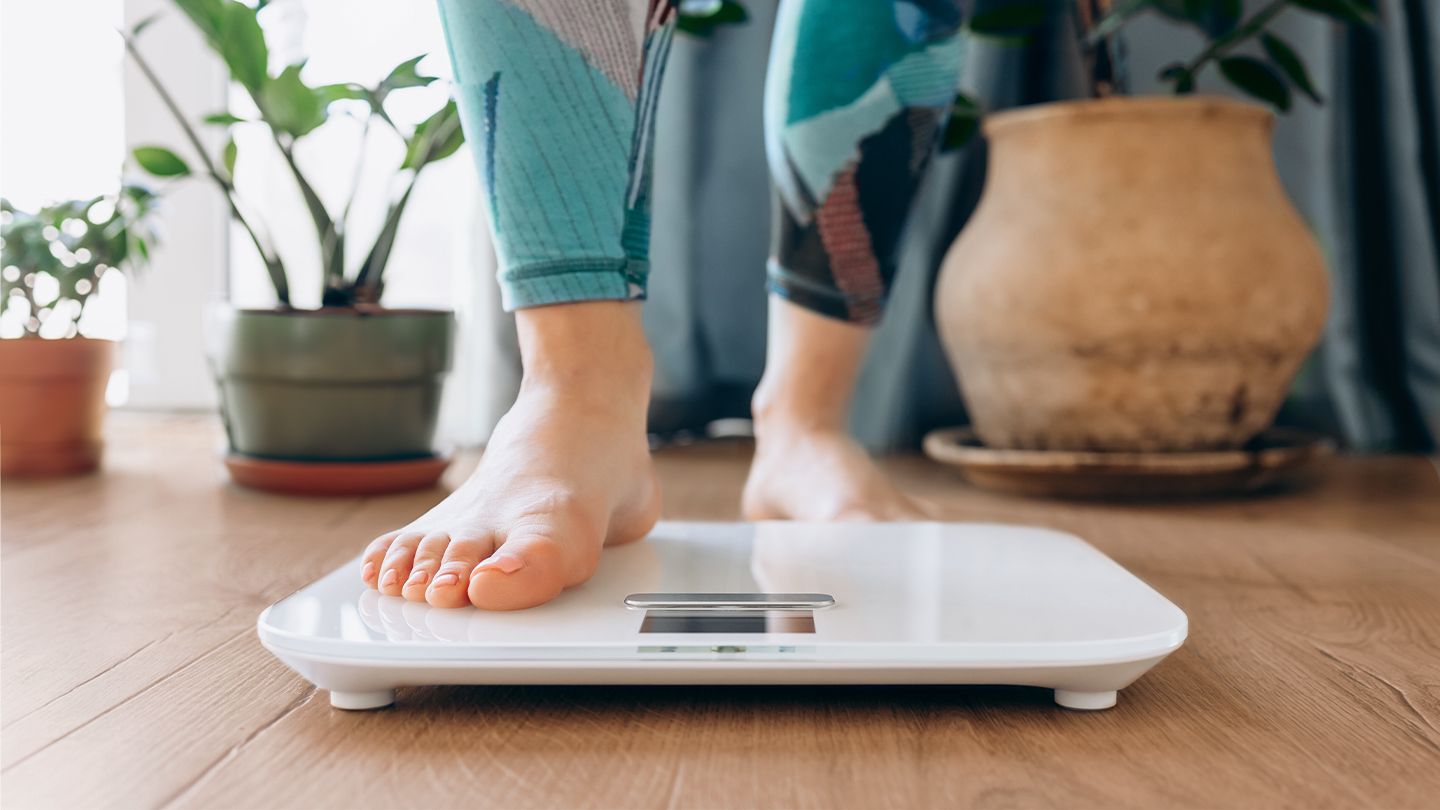Researchers are now looking at body weight as another possible risk factor for chronic migraine. This article explains the connection between body weight and migraine and offers strategies to help modify this potential risk factor.
1. Obesity May Increase Your Risk of Chronic Migraine
There is no evidence that obesity directly causes migraine. Still, some research shows a correlational link, according to Dale Bond, PhD, the director of research integration at Hartford Hospital and HealthCare and the codirector of the Hartford Healthcare Digestive Health Institute Center of Obesity Research, Innovation, and Education in Connecticut.
“What the research seems to show is that obesity both increases the risk for having migraine and also might be an exacerbating factor,” says Dr. Bond. “People with existing migraine who also have obesity might be at greater risk for attacks that are more frequent and severe. There’s been some epidemiologic research that suggests that obesity might increase progression from episodic to chronic migraine.”
One of the common theories linking obesity and migraine is that obesity is a low-grade systemic inflammatory state that might worsen the neurovascular response of migraine, says Bond. The AMF suggests that fat tissue sends molecules around the body that trigger the production of proteins that increase inflammation.
2. People Who Are Underweight Also Appear to Be at Higher Risk for Migraine
Those who are underweight may also have an increased risk of migraine.
Despite the increased migraine risk among those who are underweight, Bond says the risk in terms of weight status seems to be greater for those with obesity.
3. If You Have Obesity, Weight Loss Can Reduce Migraine Days
- Chronic inflammation
- Other chronic diseases that tend to occur along with obesity
- Behavioral and psychological risk factors
4. Migraine Risk Associated With Obesity May Change With Age and Sex
The migraine risk associated with obesity appears to decrease with age. Age might also affect obesity’s impact on migraine episodes differently depending on a person’s sex.
5. Some Weight Loss Methods May Make Your Migraine Worse
If you have migraine attacks, you may want to avoid certain eating plans and methods, including fad diets, says Bond. “We want to make dietary changes gradually rather than all at once, because some individuals may have dietary triggers that they might not be aware of,” he says.
The most effective way to lose weight is to make good eating habits a permanent lifestyle change rather than a temporary phase, says Bond.
Start with small changes, such as swapping out a high-fat salad dressing for a low-fat option, he suggests.
“Over time, these small changes are going to accumulate and are going to have an impact on weight,” says Bond. “Once you start gaining confidence with making some of those smaller changes, you’ll feel more confident making larger, more systemic changes to your diet,” says Bond.
Check with your doctor before you embark on a weight loss plan. A safe rate of weight loss, says Bond, is typically 1 to 2 pounds per week.
6. Regular Exercise Has Benefits for People With Migraine
Exercise also reduces inflammation and improves cardiovascular health, Bond says.
If you find exercise difficult because of the way it interacts with migraine, you might benefit from finding a physical therapist who has experience working with those who have the condition.
The Takeaway
- Overweight and obesity have strong links to migraine attack severity and frequency. Underweight might also increase a person’s risk of migraine.
- Weight loss can help people reduce migraine attacks, but a gradual approach is crucial, and rapid, intense diet changes like fasting may trigger migraine attacks.
- Slowly building up exercise can reduce migraine attack severity and frequency, but some factors around exercise like the environment, dehydration, or a rapid and intense increase in activity may act as triggers.
- A tailored exercise program from a physical therapist may help you stay active while reducing your exposure to triggers and working around migraine symptoms like dizziness, vertigo, and neck pain that may be barriers to exercise.
Read the full article here




